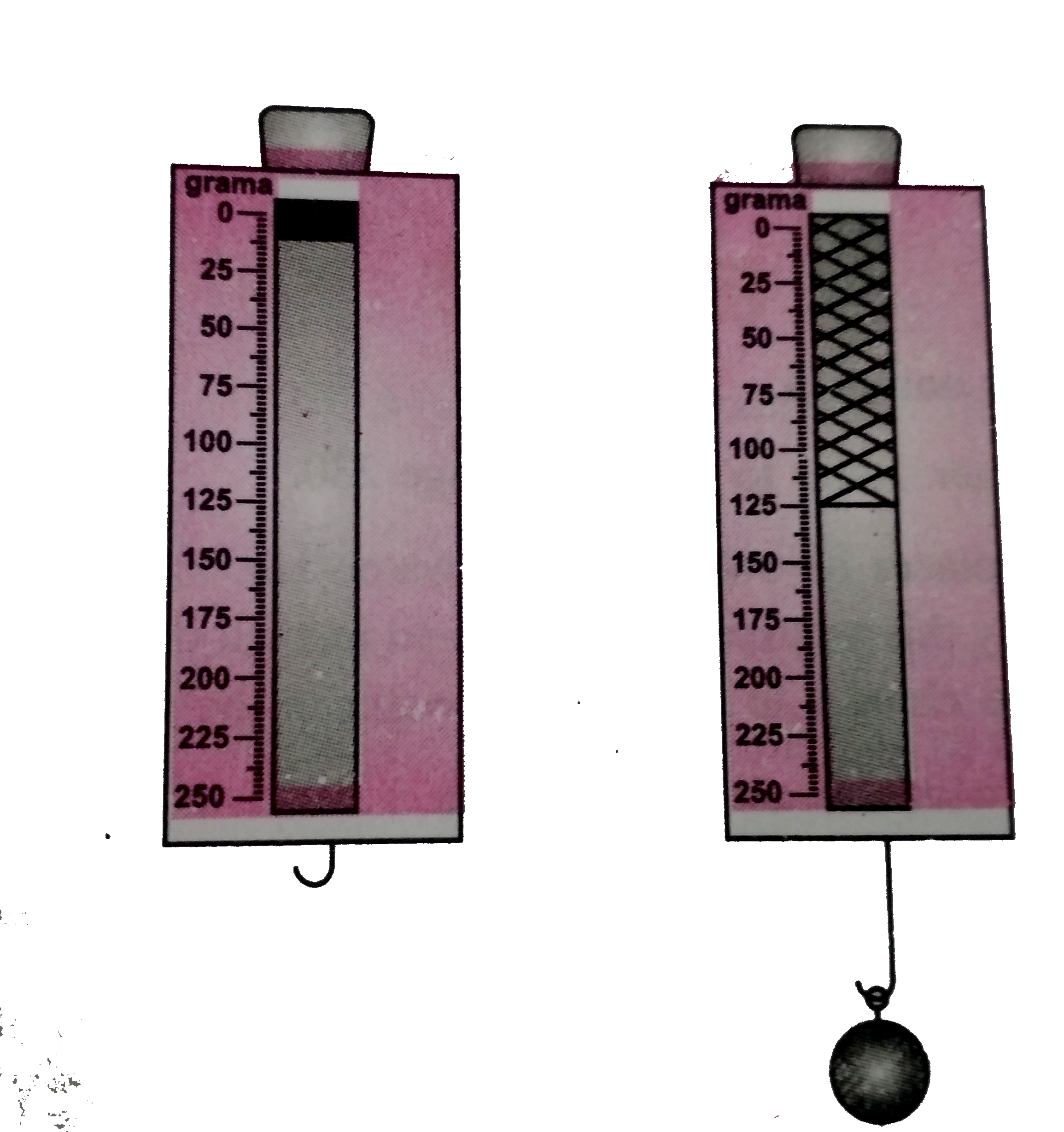Physical Science Application: Unequal masses will not balance on a fulcrum if they are at equal distance from it, one side will go up and the other side will go down.
Unequal masses will balance when the following proportion is true:
mass1length2=mass2length1

Two children can be balanced on a seesaw when
masslength2=mass2length1. The child on the left and child on the right are balanced. What is the mass of the child on the right?

Step by step video & image solution for Physical Science Application: Unequal masses will not balance on a fulcrum if they are at equal distance from it, one side will go up and the other side will go down. Unequal masses will balance when the following proportion is true: " ""mass1"/"length2"="mass2"/"length1" Two children can be balanced on a seesaw when "mass"/"length2"="mass2"/"length1". The child on the left and child on the right are balanced. What is the mass of the child on the right? by Maths experts to help you in doubts & scoring excellent marks in Class 7 exams.
Updated on:21/07/2023Topper's Solved these Questions
- COMPARING QUANTITIESBOOK - NCERT EXEMPLARCHAPTER - COMPARING QUANTITIESEXERCISE - THINK AND DISCUSS
24 Videos
- COMPARING QUANTITIESBOOK - NCERT EXEMPLARCHAPTER - COMPARING QUANTITIESEXERCISE - THINK AND DISCUSS
24 Videos
- ALGEBRAIC EXPRESSIONSBOOK - NCERT EXEMPLARCHAPTER - ALGEBRAIC EXPRESSIONSEXERCISE - Check understanding
1 Videos
- DATA HANDLINGBOOK - NCERT EXEMPLARCHAPTER - DATA HANDLINGEXERCISE - THINK AND DISCUSS
3 Videos
Similar Questions
Knowledge Check
A metre scale is balanced on a knife edge at its centre. When a mass of 10 kg is kept at the 12 cm mark, the scale is balanced at 45 cm. What is the mass of the metre scale?
A56 gB76 gC86 gD66 gA metre scale is balanced on a knife edge at its centre. When a coin of mass 15 g is kept at the 12 cm mark, the scale is found to be balanced at 45 cm. What is the mass of the metre scale?
A33 grB99 grC66 grD45 grIf in a quadrilateral, two adjacent sides are equal and the opposite sides are unequal, then it is called a
AparallelogramBsquareCrectangleDkite
Two bodies of unequal masses are dropped from a cliff. At any instant, they have equal
View SolutionTwo equal masses are kept on the pans of a simple balance in a lift acceleration upward. Then.
View SolutionTwo unequal lengthed flagellae are arranged at lateral side of male gamete in
View SolutionThe mass of a body measured by a physical balance in a lift at rest is found to be m . If the lift is going up with an acceleration a , its mass will be measured as
View SolutionAs shown in the figure, two equal masses each of 2kg are suspended from a spring balance. The reading of the spring balance will be.

View Solution

 .
.